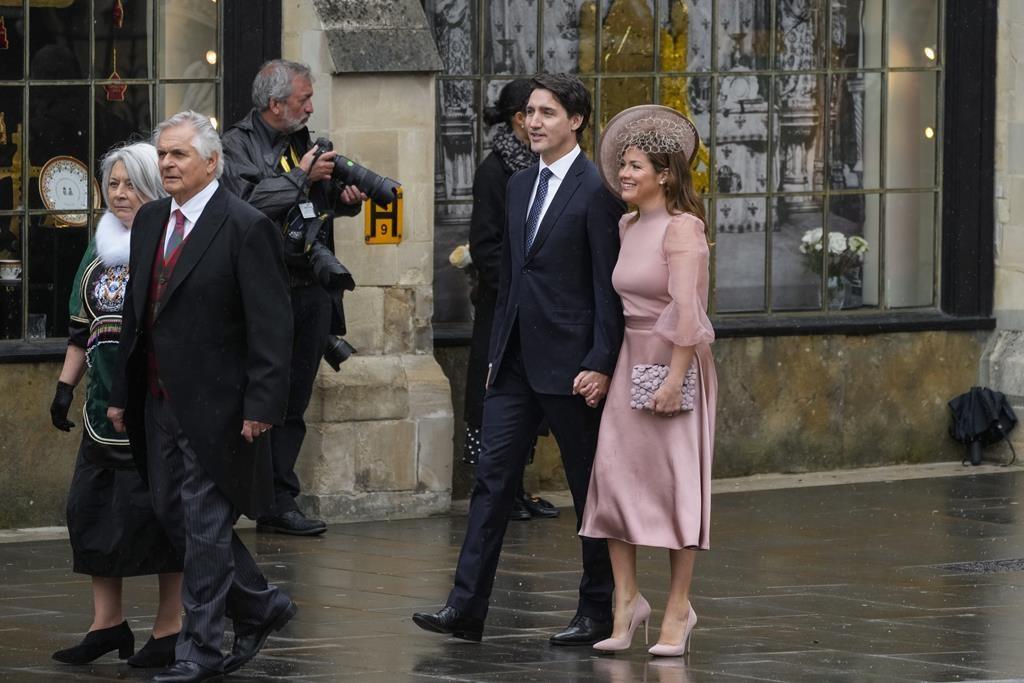The 2017 Canadian Free Trade Agreement, which aimed to eliminate interprovincial trade barriers, remains stalled, with all provinces and territories having declared some exceptions to the agreement. However, some provinces are far ahead of others in addressing those barriers, according to a new report.
The think tank Montreal Economic Institute (MEI) has ranked all provinces and territories based on the number of exceptions they pose to the agreement. Alberta boasts first place, having only six exceptions remaining, while Quebec came in last with 35.




